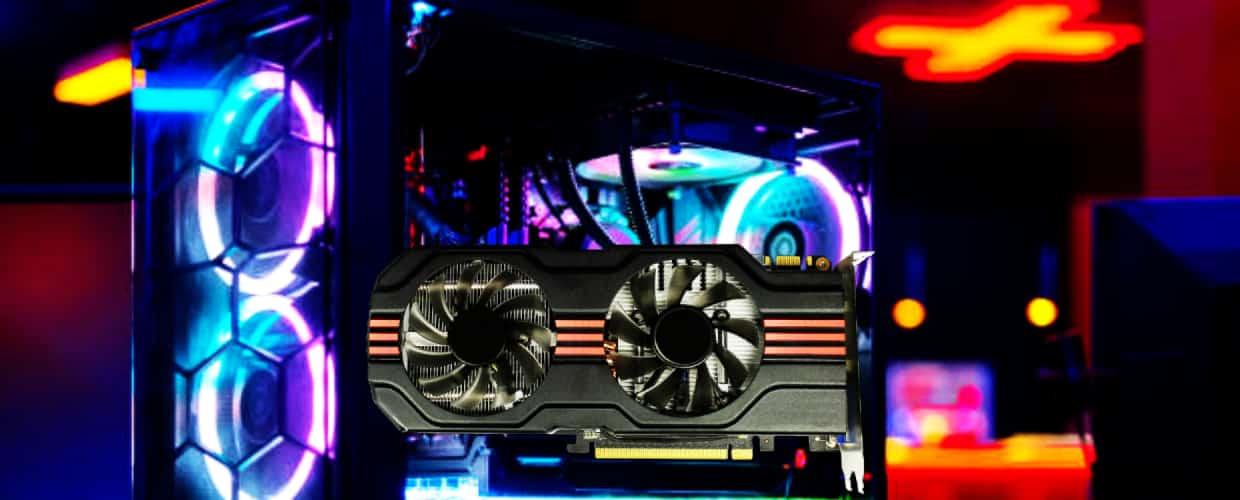Graphics Processing Units (GPUs) have come a long way since their inception in the early 2000s. Initially designed for gaming and graphics rendering, they have become essential components of high-performance computing and data analysis. Today, GPUs are used in various applications, including artificial intelligence, machine learning, cryptocurrency mining, and scientific research.
Advantage of Graphics Processing Units
The main advantage of GPUs over traditional Central Processing Units (CPUs) is their ability to perform parallel processing. GPUs are designed to process large amounts of data simultaneously, making them ideal for tasks requiring massive computation.
For instance, deep learning algorithms, which analyze vast amounts of data to recognize patterns, require much computational power. Graphics Processing Units can perform these tasks significantly faster than CPUs, making them the preferred choice for data scientists and researchers.
Graphics Processing Units has been a game-changer for many industries, particularly those dealing with large amounts of data. In finance, for instance, Graphics Processing Units simulate market conditions and analyze vast amounts of data to identify patterns and trends. In healthcare, GPUs are used for medical imaging, drug discovery, and genomics research. In climate modeling, GPUs are used to simulate the effects of climate change and predict future weather patterns.
Global market and pricing
Statista said the global graphics processing units (GPUs) market value was USD 25.41 billion in 2020. It is expected to reach USD 246.51 billion by 2028, with the market growing at a compound annual growth rate of 32.82% from 2021 to 2028.
However, the surge in demand for Graphics Processing Units has created a supply and demand imbalance, leading to a shortage of available GPUs. It has driven up the prices of GPUs, making them inaccessible to many businesses and individuals who rely on them for their daily operations. The ongoing global pandemic has exacerbated the shortage, which has disrupted supply chains and caused logistical challenges for manufacturers.
Impact of GPU
The shortage has also highlighted the environmental impact of GPU mining, which requires vast amounts of electricity to power the hardware. The mining process has been criticized for its carbon footprint, with some experts estimating that it could consume as much as 0.6% of the world’s electricity by the end of this year. The environmental concerns have sparked a debate over the sustainability of the mining process and the need for more efficient and environmentally friendly alternatives.
The GPU shortage has also led to concerns over the impact on innovation and scientific research. Many researchers and scientists rely on GPUs to perform complex computations and analyses, and the shortage has caused significant disruptions to their work. The inability to access GPUs could slow innovation and hinder scientific progress, particularly in fields such as artificial intelligence, where the demand for GPUs is high.
Solution to the GPU shortage
One solution to the GPU shortage is to invest in alternative technologies that provide similar performance levels while reducing the carbon footprint of mining. For instance, Quantum Computing, which uses qubits rather than traditional binary bits, could significantly increase computing power while reducing the energy required to perform complex computations.
However, the supply and demand imbalance, the environmental impact of GPU mining, and the impact on innovation and research are challenges that must be addressed. Manufacturers and policymakers must work together to find solutions to these challenges to ensure that the benefits of GPUs are accessible to all.
Conclusions
GPUs are an essential tool for many industries, and their importance will continue to grow in the coming years.
Finally, as consumers, we can play our part by investing in more energy-efficient hardware and supporting environmentally conscious manufacturers, which can help reduce the tech industry’s carbon footprint and ensure that the benefits of GPU computing are accessible to all.
[ADDITIONAL NOTICE: Visit TechGolly.com to stay informed about technology news, discussions, trends, advice, opinions, directories, insights, and markets. TechGolly covers a wide range of the latest technology news, including business news, product news, stock market news, future tech news, and research news.]


